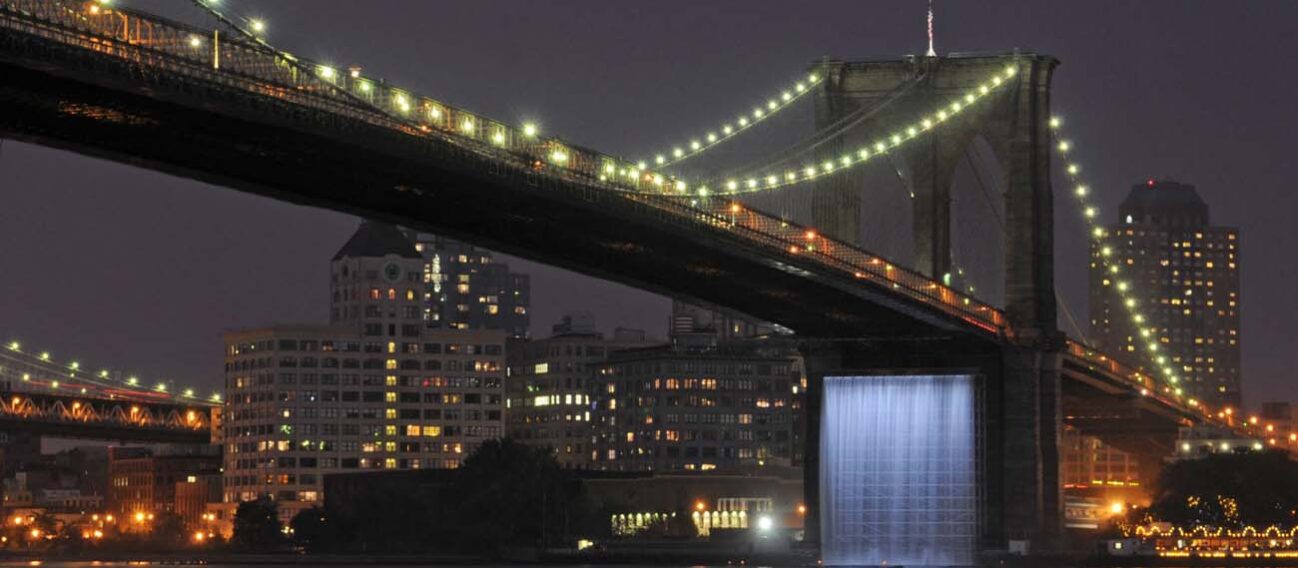Five Elements to Consider When Lighting Statues, Monuments, and Architectural Features
The most crucial function of urban infrastructure is to connect people with increased ease, speed, and efficiency. It encourages the connection and movement of a city’s inhabitants and goods and services.
The great monuments and statues of the world memorialize significant achievements and reminders of history. These structures are utilized as a rendezvous point during daylight hours or as a landmark for pedestrians and vehicular traffic.
At night, these same monuments and statues become beacons that magically turn a simple pedestrian area into a quiet romantic setting that reminds those passing by of their significance. The type of lighting used to illuminate these structures and artwork is methodically planned with the help of a lighting designer. Lighting designers use their artistic ability to control what is light and what is dark to help tell the story, whether it’s illuminating an architectural feature or a historical monument.
Visibility and perception are the variables controlled by artificial light and significantly affect the illumination of statues, monuments, and architectural features during evening hours. There are many things to consider when selecting the appropriate LED luminaire for these applications; here are a few to consider:
Lighting Source and Controls
LEDs are one of the easiest ways to accomplish a design vision. They are energy efficient and much smaller than traditional light sources used to illuminate monuments and statues and take up a smaller footprint. The combination of outdoor LED fixtures with smart controls allows the variable application of light through programmed settings. Wireless controllers enable color changing, dimming, and time-of-day options. Networked devices can be configured to serve as transmitters, receivers, or both depending on the required configuration.
Ratings for Outdoor Use
For best results, outdoor luminaires should be UL listed for damp/wet locations and carry the standard 12V to 24V operation to protect the fixture and prevent electrical dangers. In addition, the lights should hold up against mother nature’s extreme weather conditions such as wind, rain, snow, and other weather fluctuations.
Application of the Light
Light naturally directs the eye and can be used to highlight select aspects of a statue or monument. What is the focal point of the monument or statue? Are their specific architectural features that need to stand out above the rest during the night?
Color and Temperature Tunable
LED luminaires offer stunning effects with RGB (Red, Green, and Blue). Commonly, monuments and statues are lit with LEDs that emit a soft white or orange color. Or an architectural edifice can be lit with specific colors to celebrate a holiday or athletic achievement. With the help of DMX or DALI drivers, the lighting designer can tune colors to reflect the occasion or allow flexibility to create color uniformity.
Avoid Light Pollution with Glare Control and Focus
While a lit statue or architectural element is a source of awe at night, beware of light pollution by selecting a luminaire known to reduce glare and directly control the light. This lighting design control is essential for migrating animals and residential areas.







